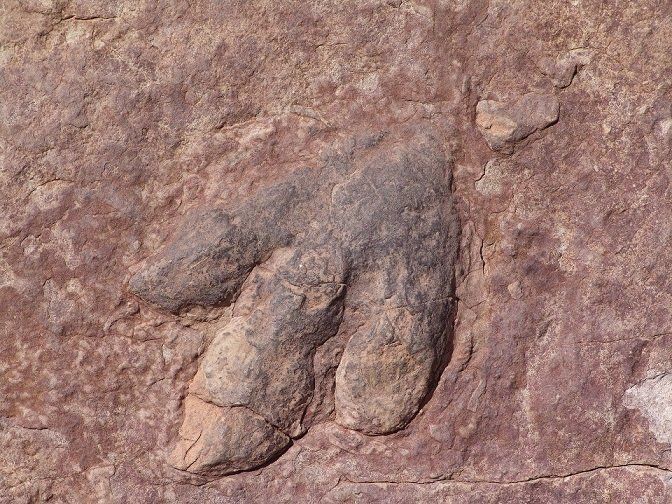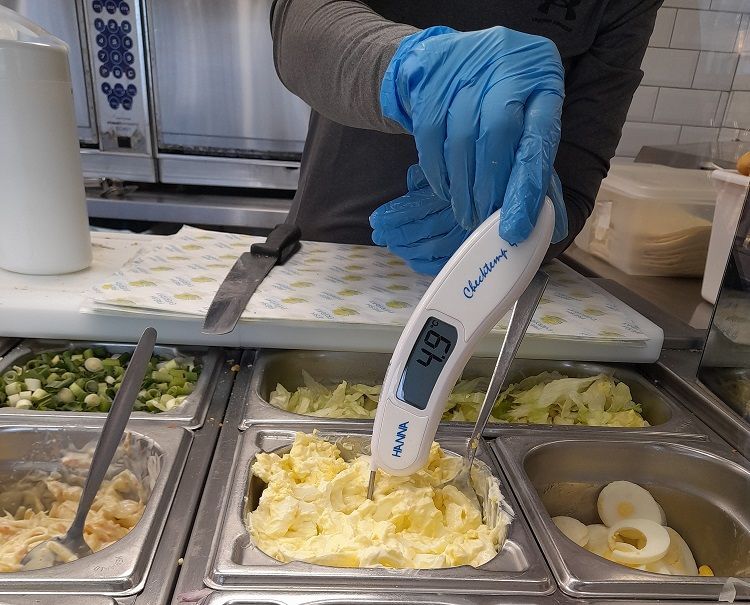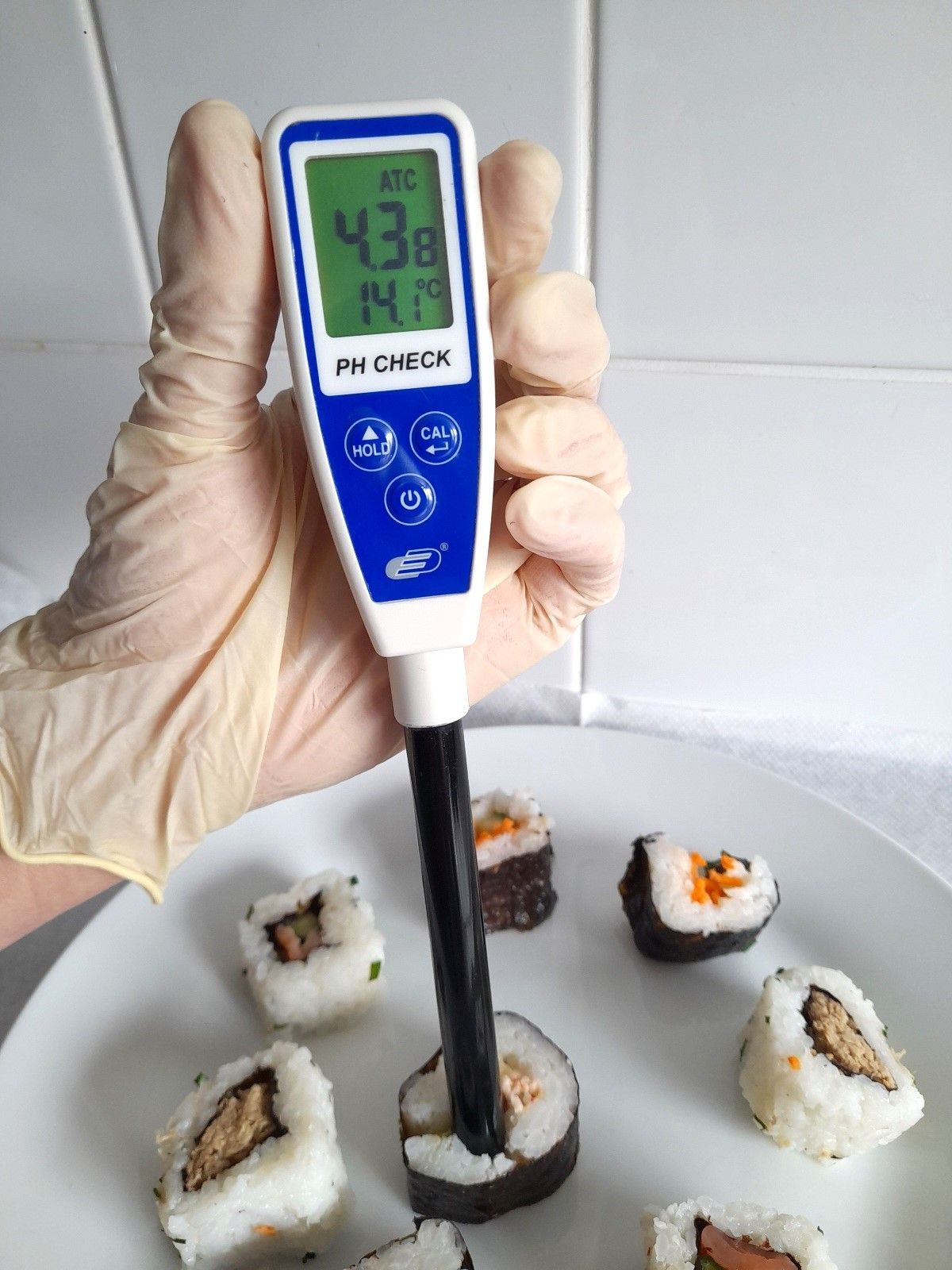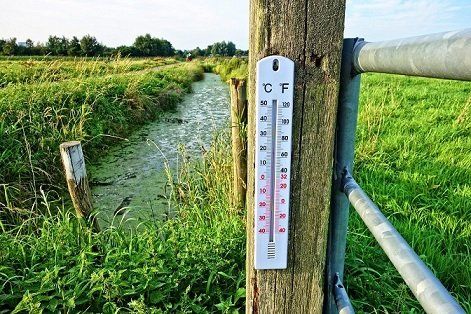14 April 2021
Cos You’re Hot Then You’re Cold - Jurassic Giant Footprint Discovery
Archaeologist Marie Woods recently discovered a dinosaur footprint along the Yorkshire coast. She was out collecting shellfish when she discovered the giant find! The footprint suggests that the dinosaur was anything up to 30ft in height - that’s 9 metres.
Marie Woods contacted Dr Dean Lomax, an internationally recognised, award winning, palaeontologist, researcher of dinosaurs and presenter on Primetime TV series ‘Dinosaur Britain’. Dr Lomax confirmed that it was the “largest theropod footprint ever found in Yorkshire” and called it “a real Jurassic giant”. Dr Lomax went on to say that a fossil collector called Rob Taylor had first noticed the unusual fossil back in November 2020 but was unable to identify it fully as it was only partially exposed.
“We can never be certain of exactly what species made it, but the footprint type would match the likes of a dinosaur found in Britain and called Megalosaurus, which lived at roughly the same time this footprint was created, during the Middle Jurassic.” Dr Lomax said.
John Oxley, an archaeologist took photographs to enable a 3D model to be created in case the print cannot be recovered, as Marie Woods said it was in “a fragile state” and feared it could be “lost to the sea”. If attempts to recover the print are possible, then plans may be made to display the dinosaur print in the Rotunda Museum in Scarborough.
In Ireland the Tetrapod imprints are available to view on Valentia Island in Kerry. An geology student discovered the tracks back in 1993 and are believed to have been created approximately 385 million years ago. The Tetrapod footprints track site in Valentia Island is of great international significance, as it is the oldest reliably dated evidence of amphibians moving over land and is the most extensive of all the four major similar finds elsewhere. They are preserved in a fine grain sandstone with up to 145 footprints recorded, also showing a left and right footprint path. Other trackways on the site have recorded tail and body drag impressions.
Until recently, palaeontologists thought dinosaurs were plodding animals that depended on the environment to stay warm but it has now come to light that they were faster, similar to how some of the dinosaurs in the movie Jurrasic Park were depicted, which would suggest that they had regulated body temperatures.
The California Institute of Technology (Caltech) discovered that the body temperature of dinosaurs was close to that of mammals. The teeth of sauropods were analysed and based on this scientists have determined that dinosaurs were as warm blooded as most modern mammals. The measurements are accurate to within one or two degrees Celsius.
"This is like being able to stick a thermometer in an animal that has been extinct for 150 million years," said Robert Eagle, a geochemist at Caltech.
Techris Systems, Co. Monaghan, Ireland can provide a variety of thermometers and data loggers to record temperature measurements better than ±0.5°C. The measurement instrumentation from Techris Systems is right up to date.












